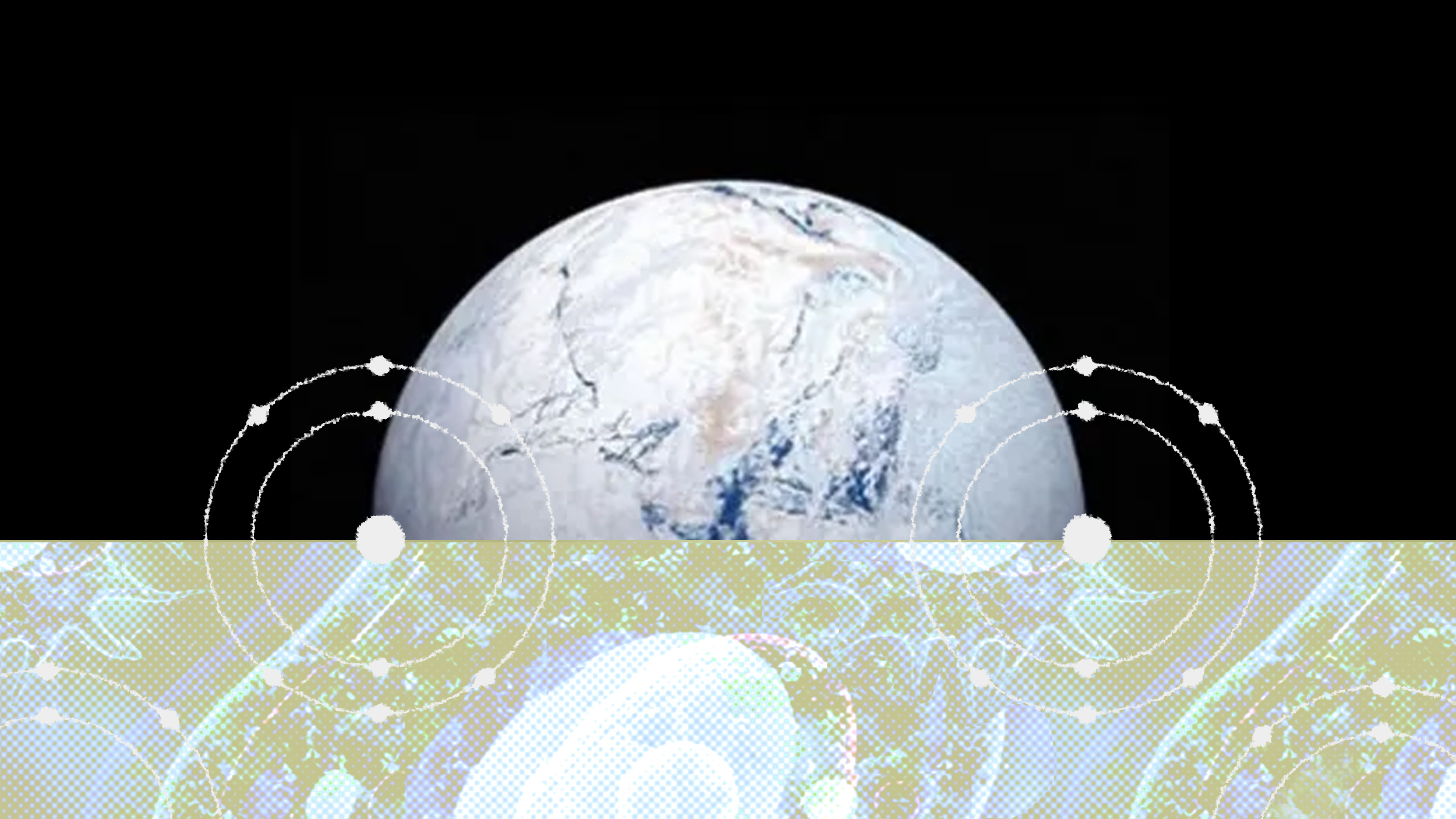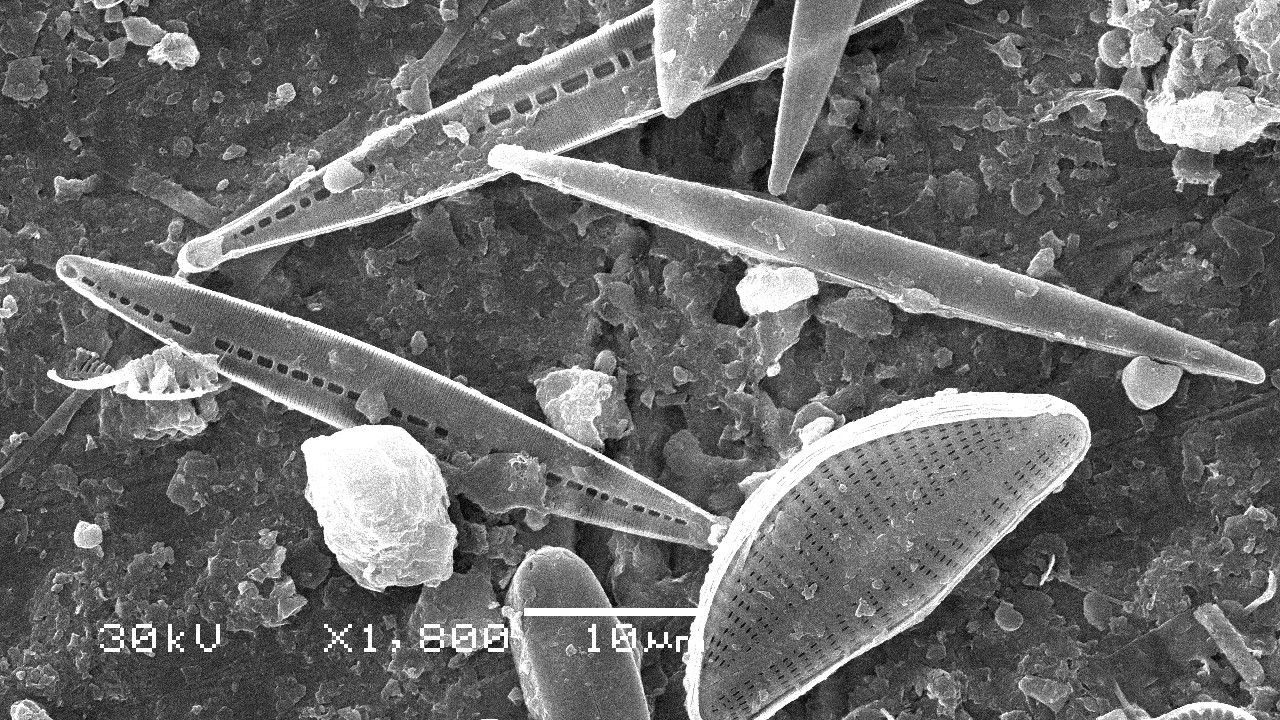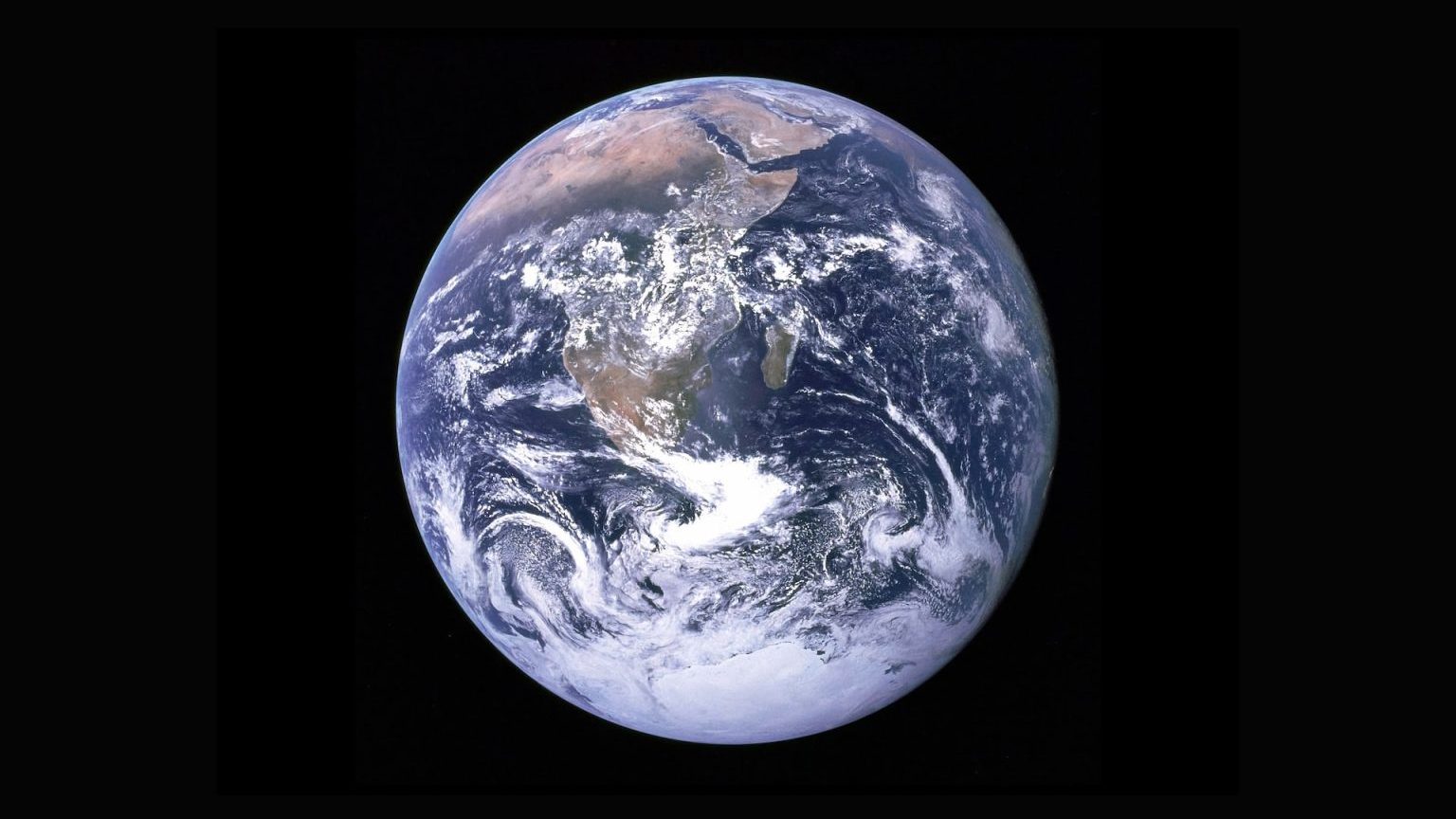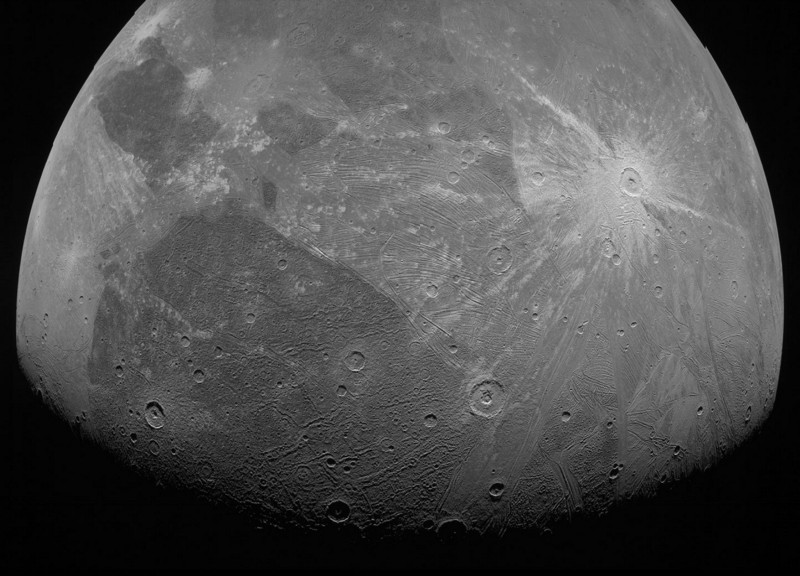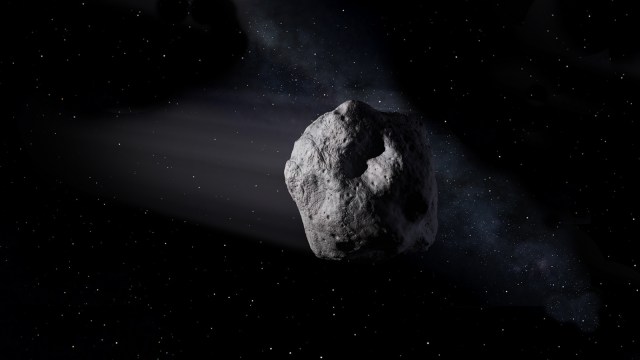An escape route for carbon

As many of us may recall from grade school science class, the Earth’s carbon cycle goes something like this: As plants take up carbon dioxide and convert it into organic carbon, they release oxygen back into the air.
Complex life forms such as ourselves breathe in this oxygen and respire carbon dioxide. When microbes eat away at decaying plants, they also consume the carbon within, which they convert and release back into the atmosphere as carbon dioxide. And so the cycle continues.
The vast majority of the planet’s carbon loops perpetually through this cycle, driven by photosynthesis and respiration. There is, however, a tiny fraction of organic carbon that is continually escaping through a “leak” in the cycle, the cause of which is largely unknown. Scientists do know that, through this leak, some minute amount of carbon is constantly locked away and preserved in the form of rock for hundreds of millions of years.
Now, researchers from MIT and elsewhere have found evidence for what may be responsible for carbon’s slow and steady escape route.
In a paper recently published in the journal Nature, the team reports that organic carbon is leaking out of the carbon cycle mainly due to a mechanism they call “mineral protection.” In this process, carbon, in the form of decomposed bits of plant and phytoplankton material, gloms onto particles of clay and other minerals, for instance at the bottom of a river or ocean, and is preserved in the form of sediments and, ultimately, rock.
Mineral protection may also explain why there is oxygen on Earth in the first place: If something causes carbon to leak out of the carbon cycle, this leaves more oxygen to accumulate in the atmosphere.
“Fundamentally, this tiny leak is one reason why we exist,” says Daniel Rothman, professor of geophysics in MIT’s Department of Earth, Atmospheric and Planetary Sciences. “It’s what allows oxygen to accumulate over geologic time, and it’s why aerobic organisms evolved, and it has everything to do with the history of life on the planet.”
Rothman’s co-authors on the paper include Jordon Hemingway, who led the work as a graduate student at MIT and the Woods Hole Oceanographic Institution and is now a postdoc at Harvard University, along with Katherine Grant, Sarah Rosengard, Timothy Eglinton, Louis Derry, and Valier Galy.
Burning dirt
Scientists have entertained two main possibilities for how carbon has been leaking out of the Earth’s carbon cycle. The first has to do with “selectivity,” the idea that some types of organic matter, due to their molecular makeup, may be harder to break down than others. Based on this idea, the carbon that is not consumed, and therefore leaks out, has been “selected” to do so, based on the initial organic matter’s molecular structure.
The second possibility involves “accessibility,” the notion that some organic matter leaks out of the carbon cycle because it has been made inaccessible for consumption via some secondary process. Some scientists believe that secondary process could be mineral protection — interactions between organic carbon and clay-based minerals that bind the two together in an inaccessible, unconsumable form.
To test which of these mechanisms better explains Earth’s carbon leak, Hemingway analyzed sediment samples collected from around the world, each containing organic matter and minerals from a range of river and coastal environments. If mineral preservation is indeed responsible for locking away and preserving carbon over geologic timescales, Hemingway hypothesized that organic carbon bound with clay minerals should last longer in the environment compared with unbound carbon, resisting degradation by foraging microbes, or even other forces such as extreme heat.
The researchers tested this idea by burning each sediment sample and measuring the amount and type of organic carbon that remained as they heated the sample at progressively higher temperatures. They did so using a device that Hemingway developed as part of his PhD thesis.
“It’s been hypothesized that organic matter that sticks to mineral surfaces will stick around longer in the environment,” Hemingway says. “But there was never a tool to directly quantify that.”
“Beating up a natural process”
In the end, they found the organic matter that lasted the longest, and withstood the highest temperatures, was bound to clay minerals. Importantly, in a finding that went against the idea of selectivity, it didn’t matter what the molecular structure of that organic matter was — as long as it was bound to clay, it was preserved.
The results point to accessibility, and mineral preservation in particular, as the main mechanism for Earth’s carbon leak. In other words, all around the world, clay minerals are slowly and steadily drawing down tiny amounts of carbon, and storing it away for thousands of years.
“It’s this clay-bound protection that seems to be the mechanism, and it seems to be a globally coherent phenomenon,” Hemingways says. “It’s a slow leak happening all the time, everywhere. And when you integrate that over geologic timescales, it becomes a really important sink of carbon.”
The researchers believe mineral protection has made it possible for vast reservoirs of carbon to be buried and stored in the Earth, some of which has been pressed and heated into petroleum over millions of years. At the Earth’s geologic pace, this carbon preserved in rocks eventually resurfaces through mountain uplift and gradually erodes, releasing carbon dioxide back into the atmosphere ever so slowly.
“What we do today with fossil fuel burning is speeding up this natural process,” Rothman says. “We’re getting it out of the ground and burning it right away, and we’re changing the rate at which the carbon that was leaked out is being returned to the system, by a couple orders of magnitude.”
Could mineral preservation somehow be harnessed to sequester even more carbon, in an effort to mitigate fossil-fuel-induced climate change?
“If we magically had the ability to take a fraction of organic matter in rivers or oceans and attach it to a mineral to hold onto it for 1,000 years, it could have some advantages,” Rothman says. “That’s not the focus of this study. But the longer soils can lock up organic matter, the slower their return to the atmosphere. You can imagine if you could slow that return process down just a little bit, it could make a big difference over 10 to 100 years.”
This research was supported, in part, by NASA and the National Science Foundation.
Reprinted with permission of MIT News. Read the original article.
